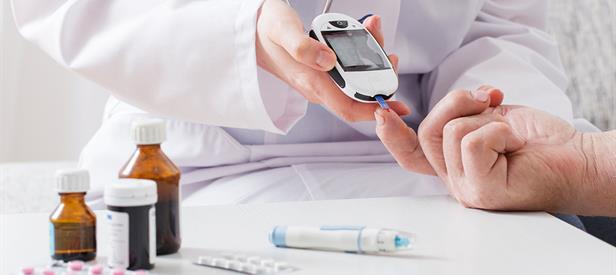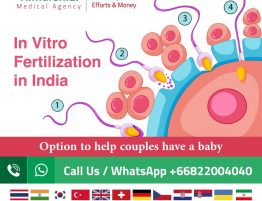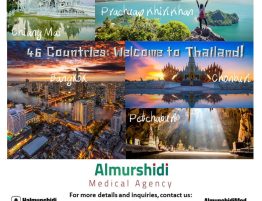
Diabetes mellitus refers to a group of diseases that affect how the body uses blood sugar (glucose). Glucose is vital to health because it’s an important source of energy for the cells that make up the muscles and tissues. It is also the brain’s main source of fuel.
Diabetes Mellitus, commonly known as diabetes, is a metabolic disease that causes high blood sugar. The hormone insulin moves sugar from the blood into the cells to be stored or used for energy. With diabetes, the body either doesn’t make enough insulin or can’t effectively use the insulin it does make.
Untreated high blood sugar from diabetes can damage the nerves, eyes, kidneys, and other organs.
There are three major types of diabetes that can develop.
Types of Diabetes
Type 1 Diabetes : also known as juvenile diabetes, this type occurs when the body fails to produce insulin. People with type 1 diabetes are insulin dependent, they must take artificial insulin daily to stay alive.
Type 2 Diabetes : occurs when the body becomes resistant to insulin, and sugar builds up in the blood
Gestational Diabetes : this type occurs in women during pregnancy when the body becomes less sensitive to insulin. Gestational diabetes does not occur in all women and usually resolves after giving birth.
General Diabetes symptoms include:
- Weight loss
- Frequent urination
- Blurry vision
- Increased hunger
- Increased thirst
- Extreme fatigue
- Slow healing sores
- Irritability
Complications associated with Diabetes include:
- Neuropathy
- Nephropathy
- Hearing loss
- Foot damage such as infections and sores that don’t heal
- Dementia
- Depression
- Hearing loss
- Heart disease, heart attack, and stroke
- Skin conditions such as bacterial and fungal infections
Treatments for all type of diabetes
- Healthy Eating – Contrary to popular perception, there’s no specific diabetes diet. Patients will need to center their diet on more fruits, vegetables, lean proteins and whole grains — foods that are high in nutrition and fiber and low in fat and calories — and cut down on saturated fats, refined carbohydrates and sweets.
- Physical Activities – Exercise lowers the blood sugar level by moving sugar into the cells, where it’s used for energy. Exercise also increases the sensitivity to insulin, which means the body needs less insulin to transport sugar to the cells.
Treatments for Type 1 and Type 2 Diabetes
- Blood Sugar Monitoring – Careful monitoring is the only way to make sure that the blood sugar level remains within the target range. People with type 2 diabetes who aren’t taking insulin generally check their blood sugar much less frequently.
- Oral or other medications – Sometimes other oral or injected medications are prescribed as well. Some diabetes medications stimulate the pancreas to produce and release more insulin. Others inhibit the production and release of glucose from the liver, which means they need less insulin to transport sugar into the cells.
- Transplantation – In some people who have type 1 diabetes, a pancreas transplant may be an option. Islet transplants are being studied as well. With a successful pancreas transplant, they would no longer need insulin therapy.
- Bariatric Surgery – although it is not specifically considered a treatment for type 2 diabetes, people with type 2 diabetes who are obese and have a body mass index higher than 35 may benefit from this type of surgery.
What We Offer
We at Almurshidi Medical Tourism will find the best doctors and hospitals to cater to your needs. We are partnered with a wide network of hospitals and clinics that provide top quality medical experience.
We provide free medical estimates, make medical appointments and provide several medical opinions if needed at no cost.
Contact Us
For more information contact us at +66822004040 or via WhatsApp





